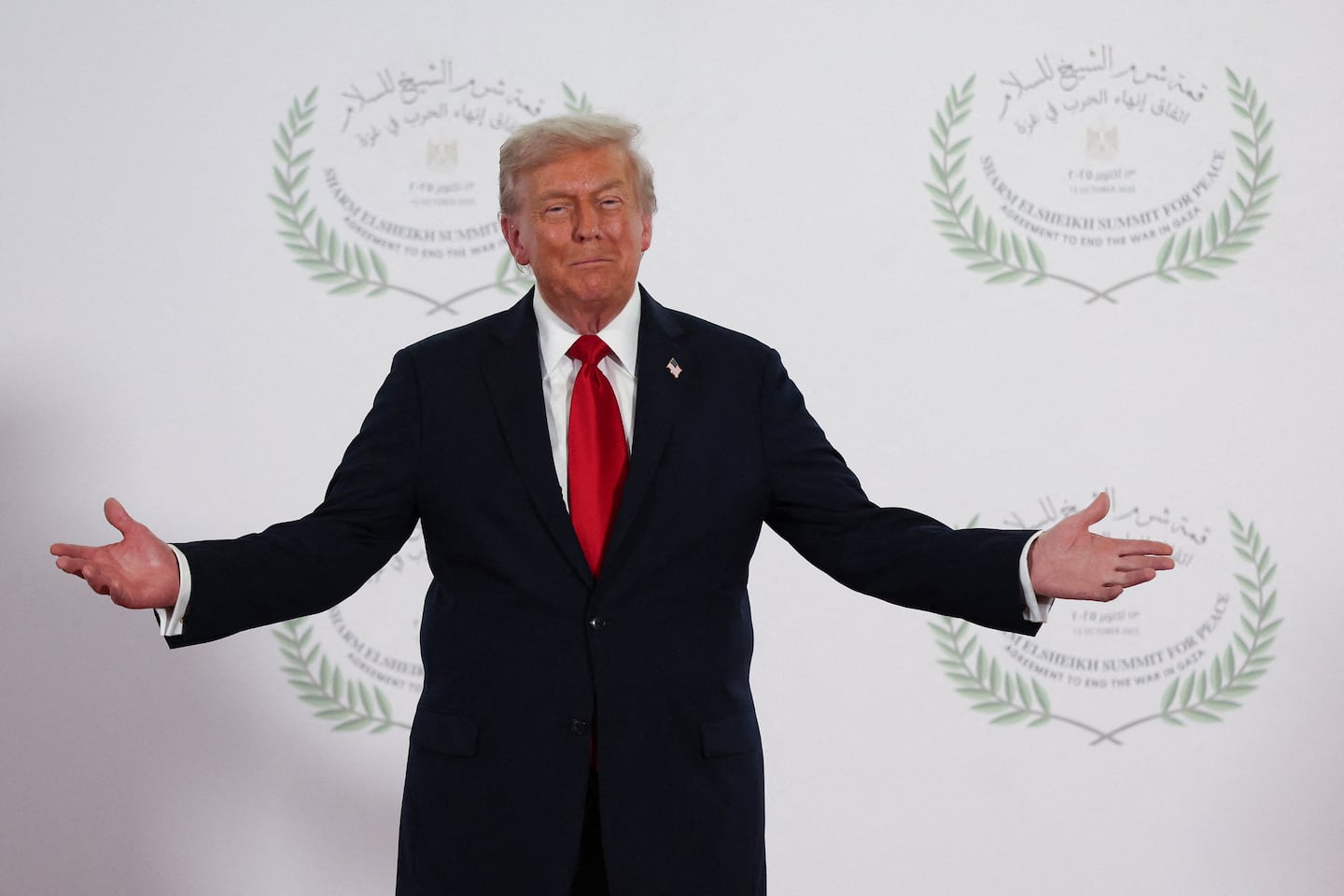WASHINGTON — President Trump is redoubling his efforts to end the war in Ukraine, announcing a second meeting with Russia’s Vladimir Putin one day before sitting down with Ukraine’s Volodymyr Zelensky at the White House.
Trump’s announcement came shortly after finishing a call with Putin on Thursday. A date has not been set, but Trump said the meeting would take place in Budapest . He later told reporters that he envisions the meeting happening in two weeks or so, and that Hungarian Prime Minister Viktor Orbán will host.
“I believe great progress was made with today’s telephone conversation,” Trump wrote on social media. The two leaders previously met in Alaska in August, which did not produce a diplomatic breakthrough, a source of frustration for Trump, who had expected that his longstanding relationship with Putin could help resolve a war that began nearly four years ago.
Yuri Ushakov, Putin’s foreign affairs adviser, said the Russian president initiated the call, which he described as “very frank and trusting.” He said Putin emphasized to Trump that selling long-range Tomahawk missiles to Ukraine, something the US president has publicly discussed, would “inflict significant damage to the relations between our countries.”
Trump was already scheduled to meet Friday with Zelensky, who has been seeking weapons that would allow Ukrainian forces to strike deeper into Russian territory. Zelensky has argued such strikes would help compel Putin to take Trump’s calls for direct negotiations to end the war more seriously.
Trump’s renewed focus on the war in Ukraine comes after forging a cease-fire that could end the war between Israel and Hamas in Gaza, a diplomatic accomplishment that he celebrated with a whirlwind trip to Israel and Egypt on Monday.
Ending the wars in Ukraine and Gaza was central to Trump’s campaign pitch last year, when he persistently pilloried President Biden for his handling of the conflicts.
Although there has been fragile progress in Gaza, Trump has been stymied by Putin, unable to persuade the Russian leader to hold direct talks with Zelensky.
Earlier this week in Jerusalem, in a speech to the Knesset, Trump predicted the truce in Gaza would lay the groundwork for the US to help Israel and many of its Middle East neighbors normalize relations. Trump also made it clear his top foreign policy priority now is ending the largest armed conflict in Europe since World War II.
“First we have to get Russia done,” Trump said, turning to his special envoy Steve Witkoff, who has also served as his administration’s chief interlocutor with Putin. “We gotta get that one done. If you don’t mind, Steve, let’s focus on Russia first. All right?”
Friday’s meeting with Trump and Zelensky will be their fourth face-to-face encounter this year. After their initial Oval Office conversation devolved into recriminations, they’ve forged a more amicable relationship.
Trump has said he’s considering selling long-range Tomahawk missiles to Kyiv.
Although such a sale would be a splashy move, it could take years to provide the equipment and training necessary for Ukraine to use Tomahawks, said Mark Montgomery, an analyst at the hawkish Foundation for Defense of Democracies in Washington.
Montgomery said Ukraine could be better served in the near term with a surge of Extended Range Attack Munition, or ERAM, missiles and Army Tactical Missile System, known as ATACMS. The US already approved the sale of up to 3,350 ERAMs to Kyiv earlier this year.
The Tomahawk, with a range of about 995 miles, would allow Ukraine to strike far deeper in Russian territory than either the ERAM (about 285 miles) or ATACMS (about 186 miles).
“To provide Tomahawks is as much a political decision as it is a military decision,” Montgomery said. “The ERAM is shorter range, but this can help them put pressure on Russia operationally, on their logistics, the command and control, and its force disbursement within several hundred kilometers of the front line. It can be very effective.”
Waiting for Trump’s blessing is legislation in the Senate that would impose steep tariffs on countries that purchase Russia’s oil, gas, uranium and other exports in an attempt to cripple Moscow economically.
